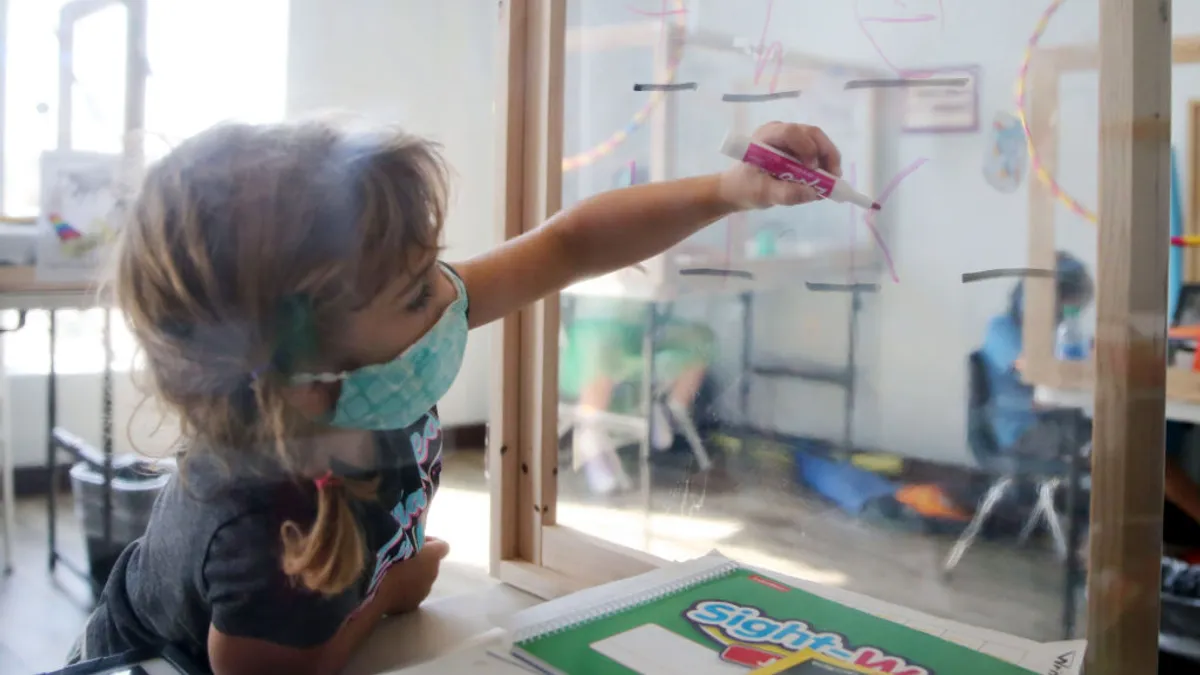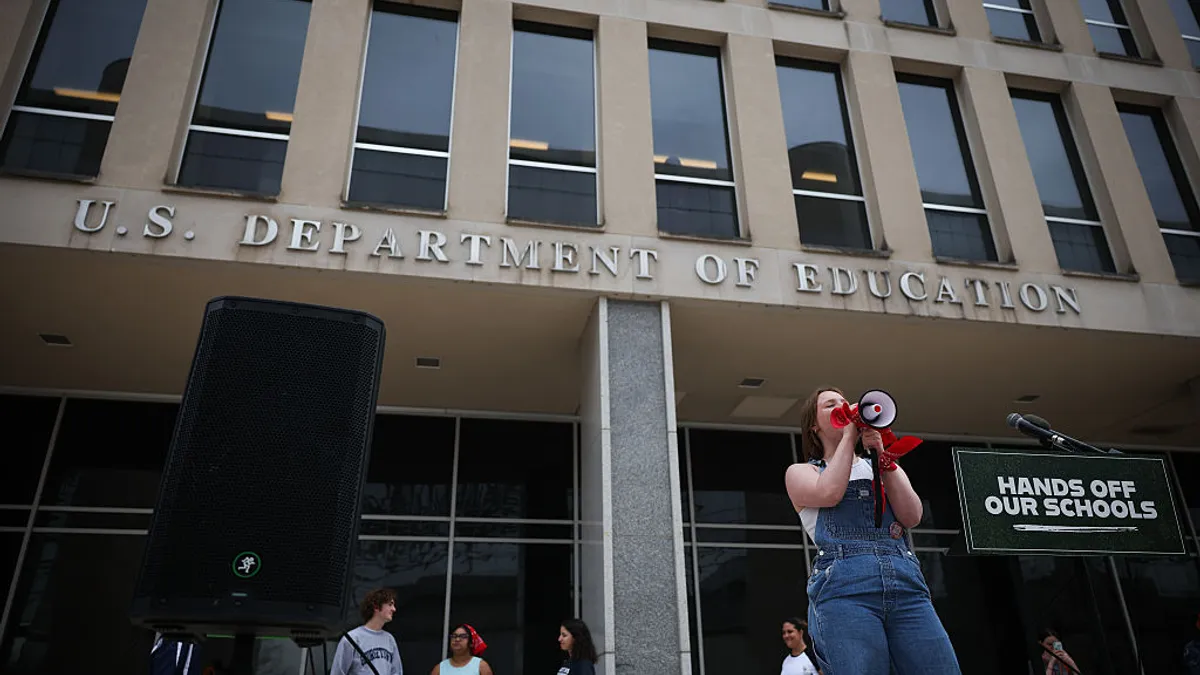In 2011, eight large school districts formed a network to figure out how to implement research on effective social and emotional learning programming into real-life, districtwide practices.
To the surprise of several participants, not only did those districts discover it was possible to expand their SEL practices, they've also sustained high-quality programming despite changes in local leadership and budgets. The districts also saw positive student outcomes as a result of their collaborations and independent efforts.
"Because SEL did in fact infuse into the systems, that has really been key to sustaining their commitment and their implementation, regardless of who's at the helm," said Melissa Schlinger, vice president of practice and programs at the Collaborative for Academic, Social, and Emotional Learning, which organized the Collaborating Districts Initiative 10 years ago with help from the American Institutes for Research.
Although decades of research existed on effective SEL practices and the benefits of positive school climates, self regulation skills, conflict resolution and other proactive measures for school communities, Schlinger said the researchers and advocates hadn't "put it to a test" to see how large school systems could make comprehensive shifts to implement and sustain SEL.
CASEL details the experiences of the original eight district participants, as well as 12 additional districts that joined the CDI after 2011, in a new report. In total, the participating districts serve 1.7 million students, according to CASEL.
Here are a few of the lessons they learned.
Form communities of practice
When the CDI began, participating districts received grants from the NoVo Foundation and Wallace Foundation to expand their SEL work. CASEL provided tools and technical assistance.
But the real value to the newly formed collaborative came in the connections made among district leaders who shared how their districts were promoting and managing SEL implementation, and what was and wasn't working, Schlinger said.
Even as districts expanded their SEL efforts, the exchange of information among the school systems continued. The CDI group grew from eight to 20 participating districts, in part because school leaders who transferred to other districts wanted their new school systems to participate as well, Schlinger said.
Kyla Krengel, director of SEL at Metro Nashville Public Schools in Tennessee, is one of the original participants. When the effort began, Krengel was the only staff member in the then-80,000 student school system working full time on SEL efforts. Now, she leads a team of 35.
"There's not one person who has nailed it and is perfect at this every day."

Kyla Krengel
Director of SEL at Metro Nashville Public Schools
Having feedback and support from other districts working through SEL implementation efforts helped her adjust and improve practices in MNPS, she said.
"When we would have opportunities to come together, it was just so nice to hear and to bounce ideas off of them, because again, at that time, it was just me and so you felt kind of isolated," Krengel said.
Individual districts also have created internal and external communities of practice with stakeholders to problem solve, build knowledge and momentum, organize the infrastructure for sustainable practices and determine accountability for SEL efforts.
For example, CASEL reports that when Nevada's Washoe County School District was drafting SEL standards, the district's SEL team looked at examples from Alaska's Anchorage School District and the state of Illinois. The Washoe district then partnered with Nevada leaders to create statewide SEL standards.
Set goals, measure progress
Although the participating districts shared best practices and CASEL provided evidence-based guidance, each district customized its SEL approaches depending on district goals, priorities and circumstances.
One of the first steps in implementing a comprehensive SEL program is to set goals based on data and then determine how to measure the impact of SEL efforts, Schlinger said. For example, if student engagement is low, SEL leaders can review historical data and determine how to analyze the effectiveness of interventions.

In Nashville, Krengel began by creating a definition of SEL and common language around SEL practices. Those efforts helped build community buy-in and a better understanding of SEL’s value, she said. She then worked with two schools in training their entire staffs on SEL practices.
The deeper work with the two schools helped lay the groundwork to expand SEL practices to all schools and departments. The district measures SEL effectiveness in various ways, including through individual school "walk-throughs" that follow a rubric showing school leadership areas of SEL strengths and growth.
The district's SEL team, along with the district's research department, also conducts a districtwide evaluation, Krengel said.
When the district could quickly provide SEL support to teachers virtually as the pandemic forced a shift to remote learning, Krengel said, that was another indication the district's SEL efforts were ingrained in systemwide practices.
Understand SEL is a journey
Starting with smaller, manageable goals helped the Nashville district kick-start its SEL implementation, Krengel said.
One challenge in building a lasting, high-quality SEL program is that some people expect quick results. Both Schlinger and Krengel said that's the wrong mindset because SEL is a journey that is never complete.
Krengel said improving SEL is ongoing work."There's not one person who has nailed it and is perfect at this every day," she said.
Likewise, Schlinger said a risk to the SEL movement is that people look for short-term gains and then abandon their efforts because they don't see immediate improvements.
"That is a really sort of dangerous approach to social-emotional learning or frankly any initiative," Schlinger said, "because we know that systems change takes a long time."




















